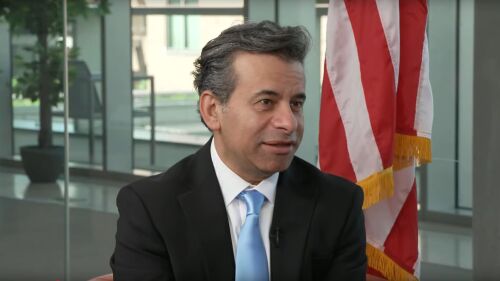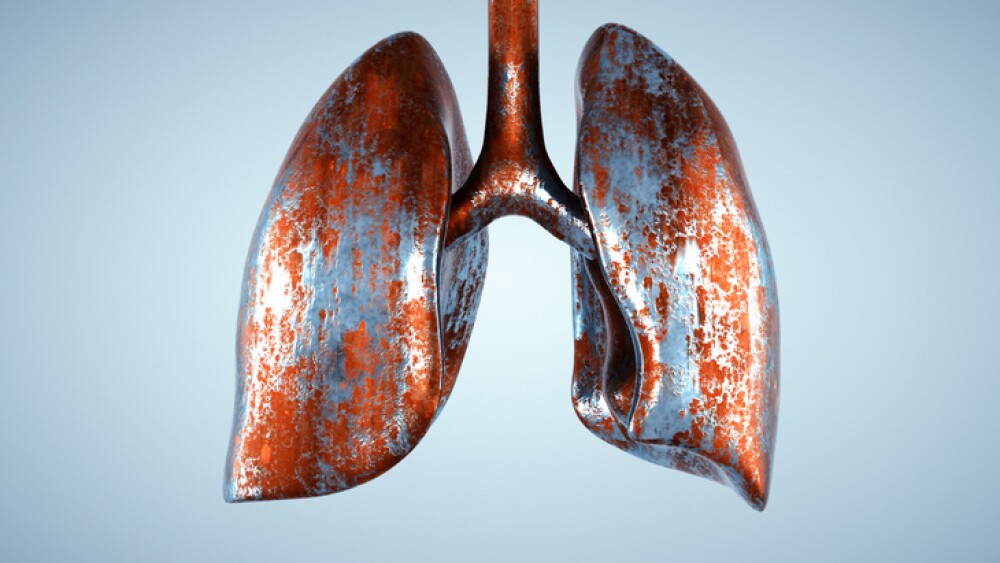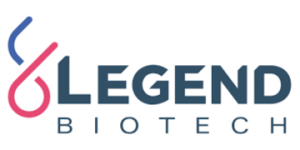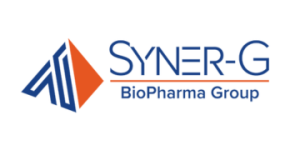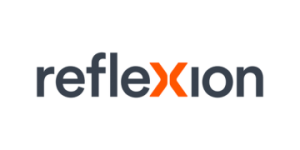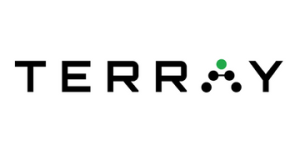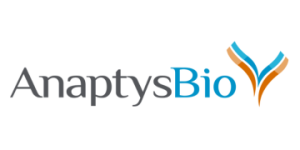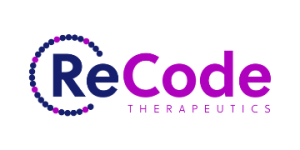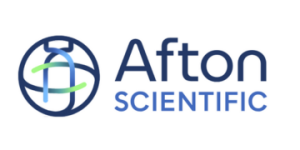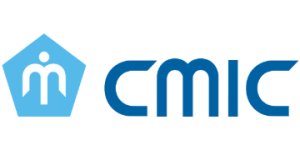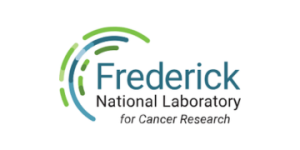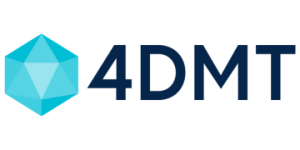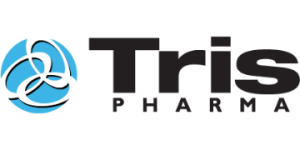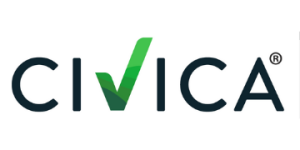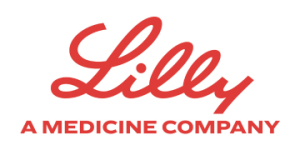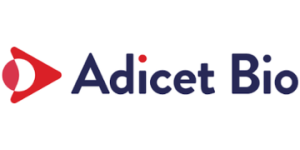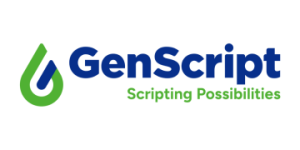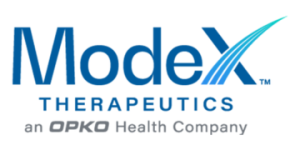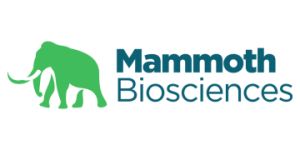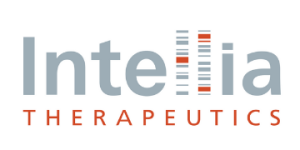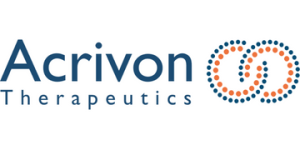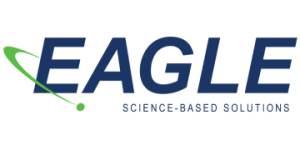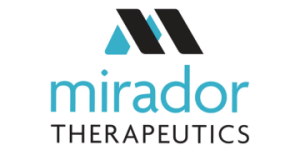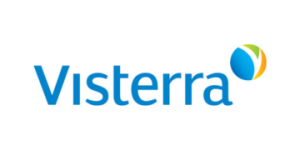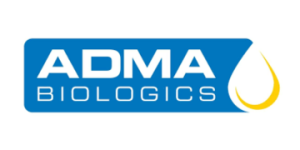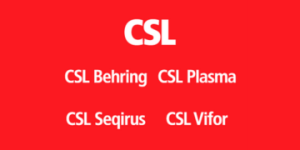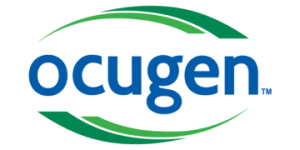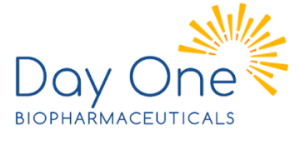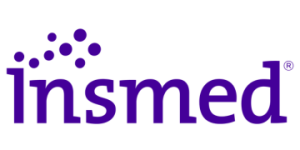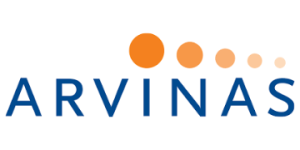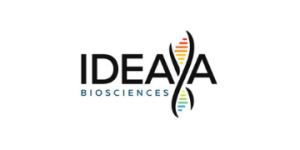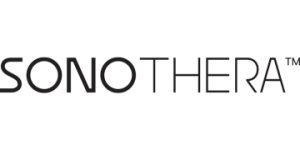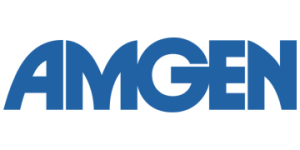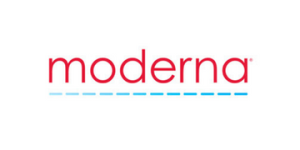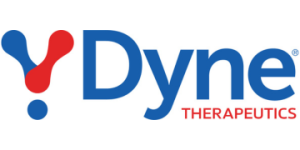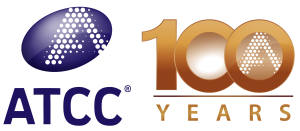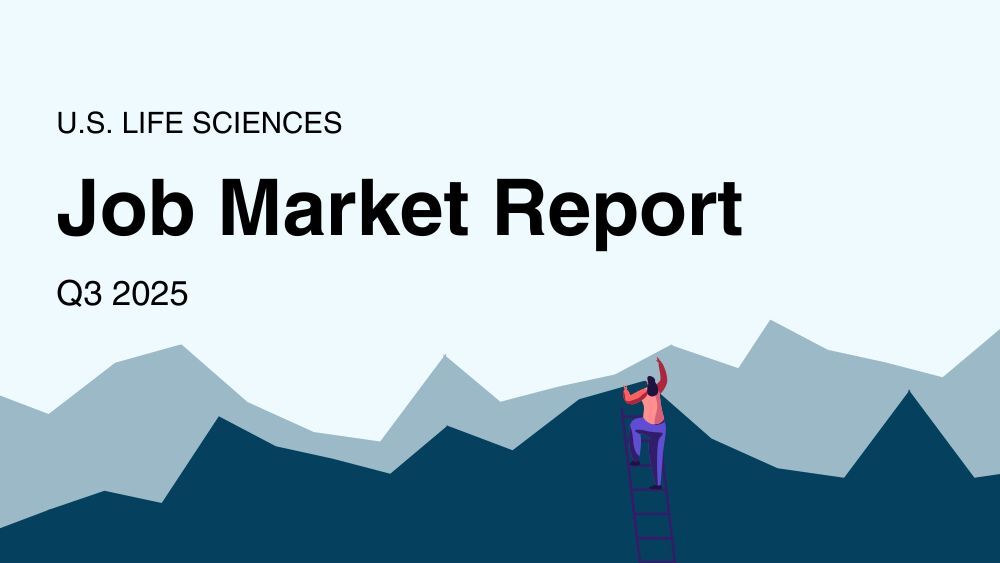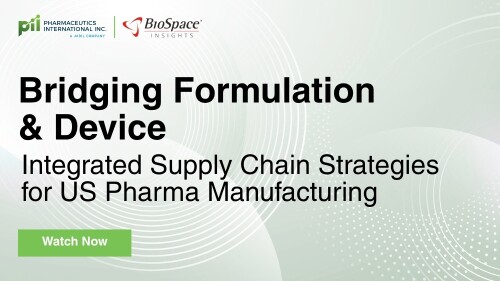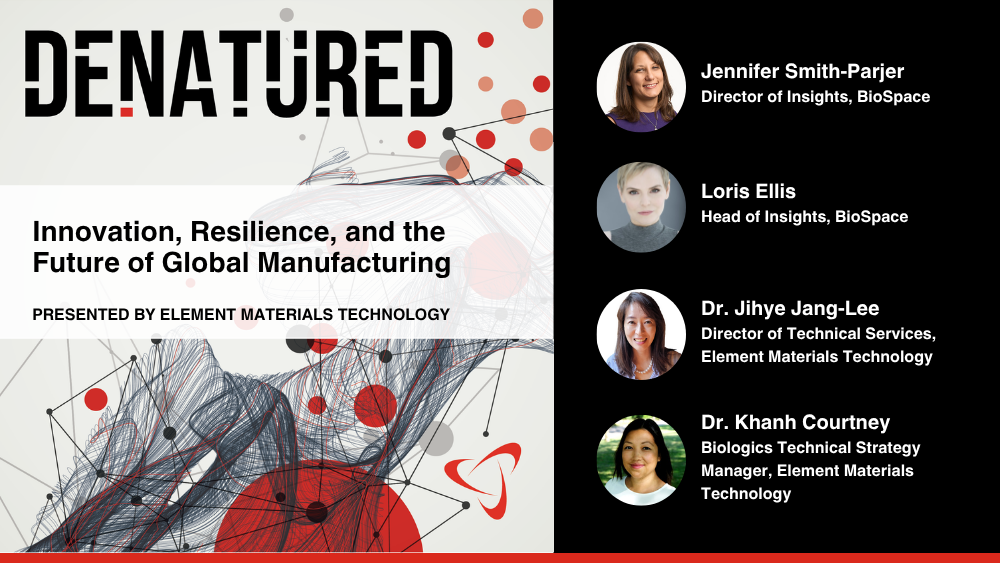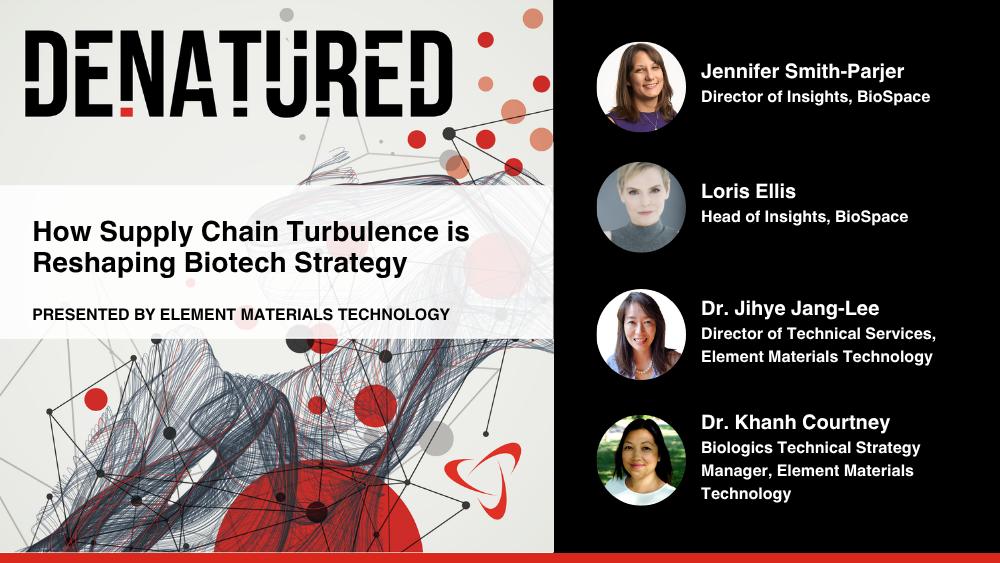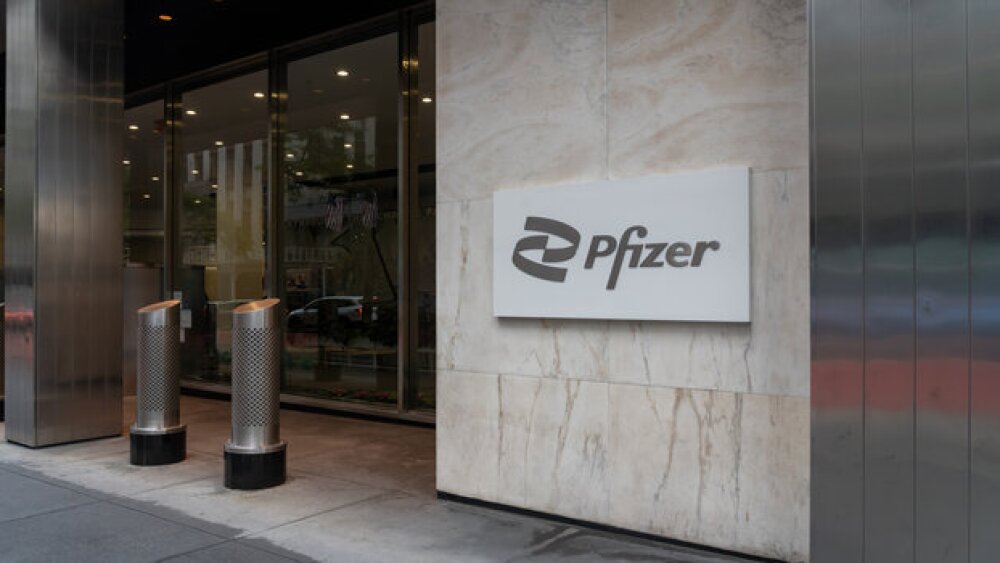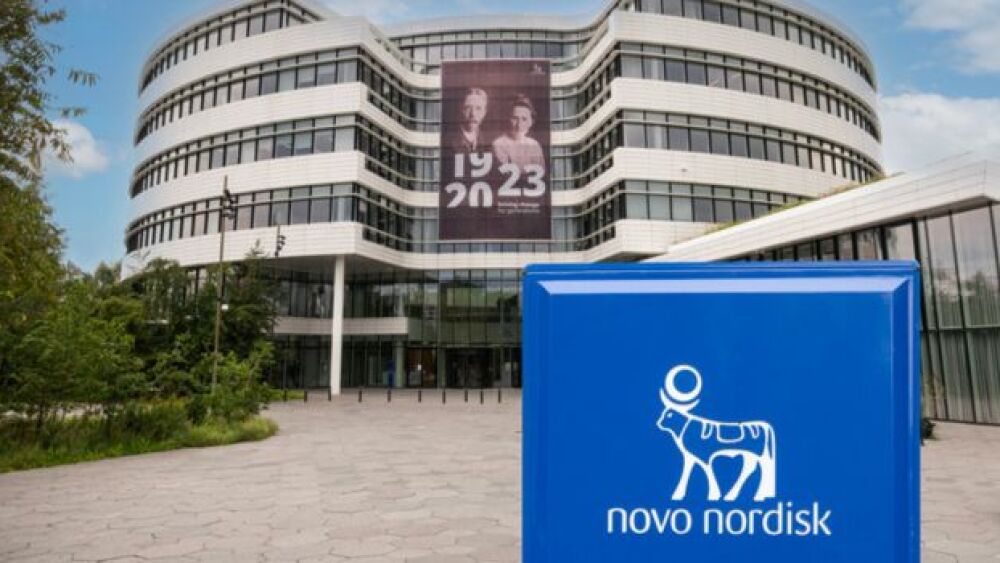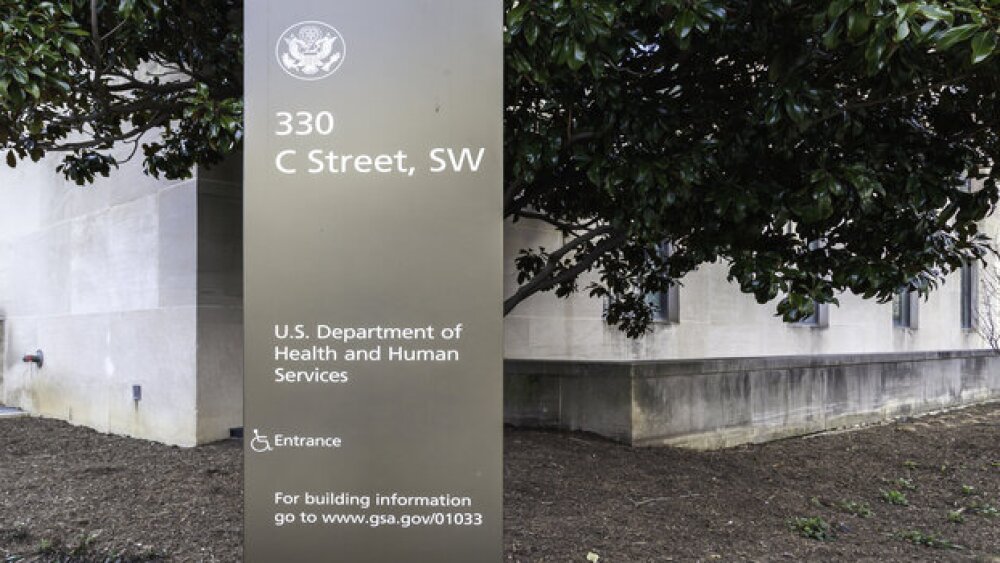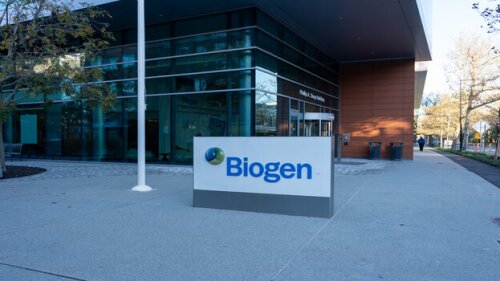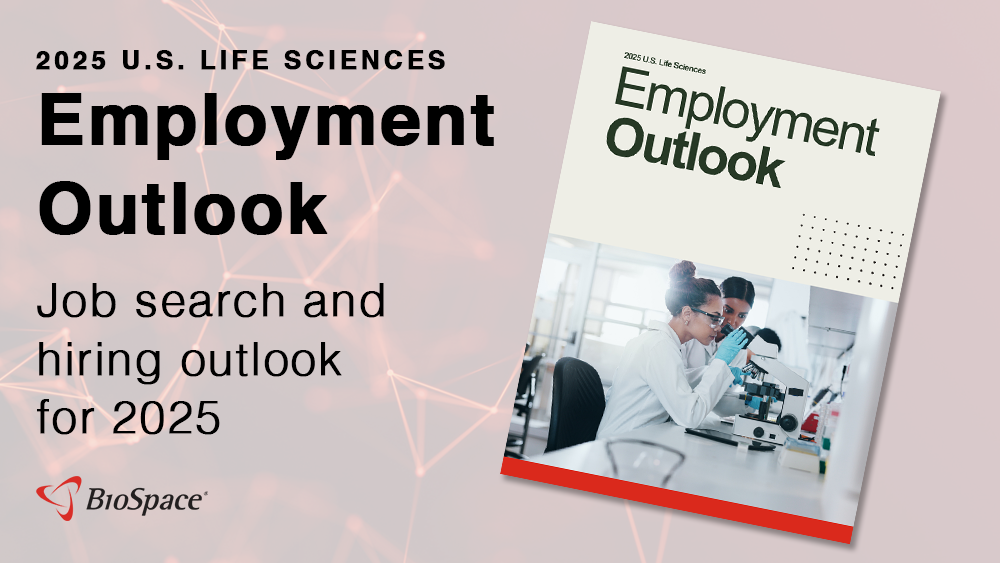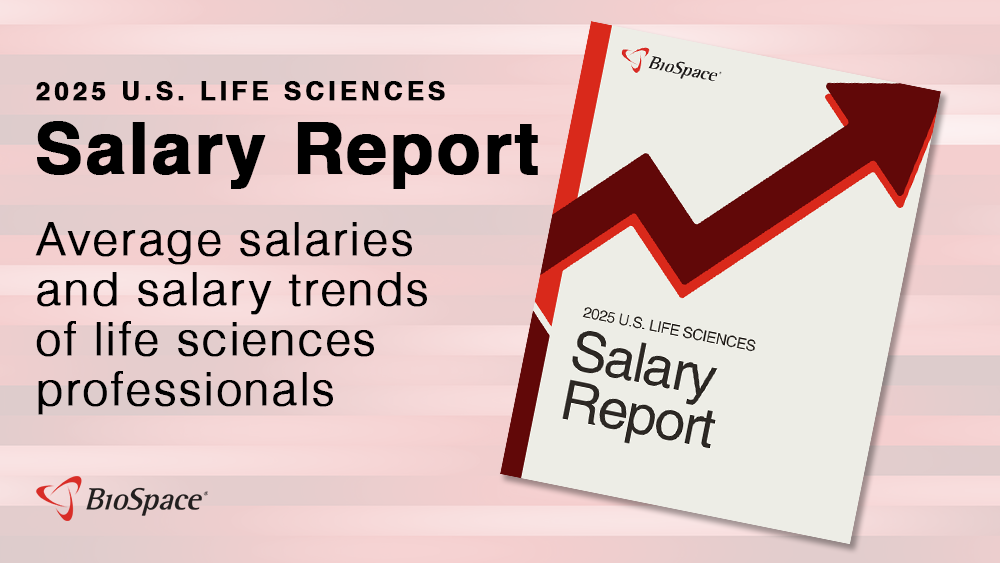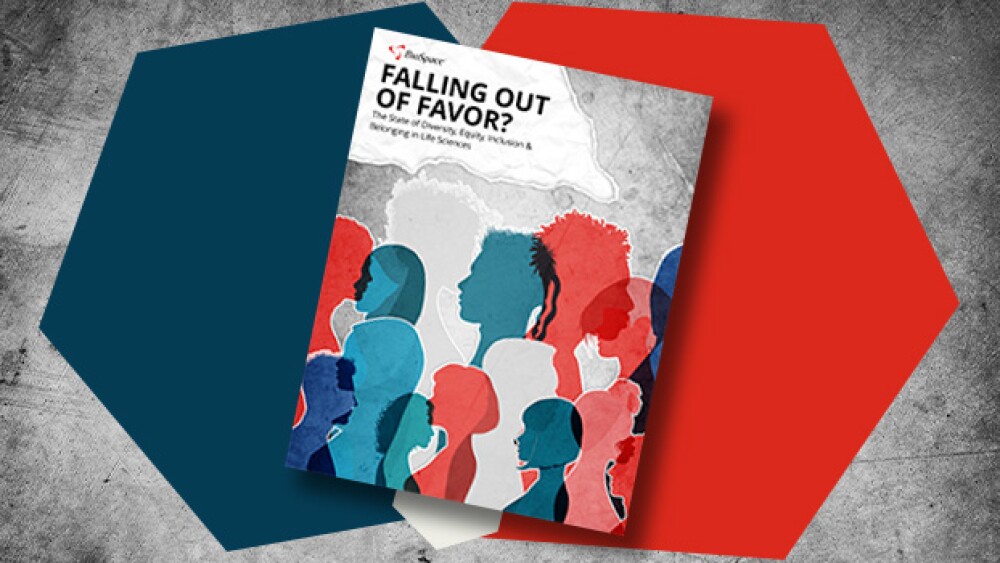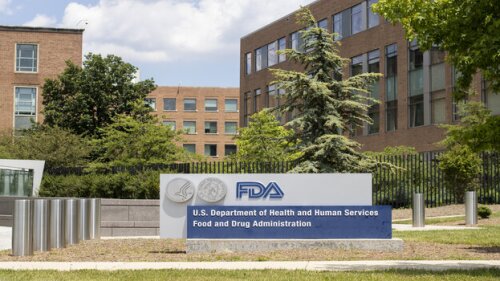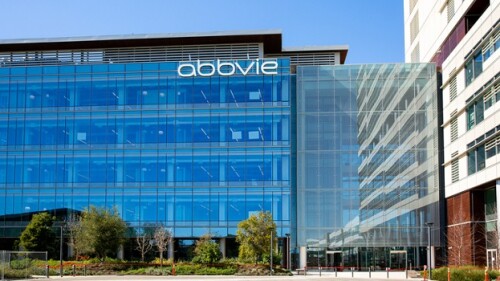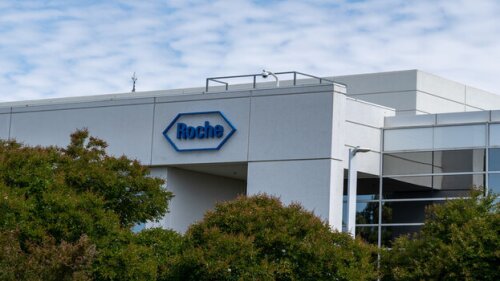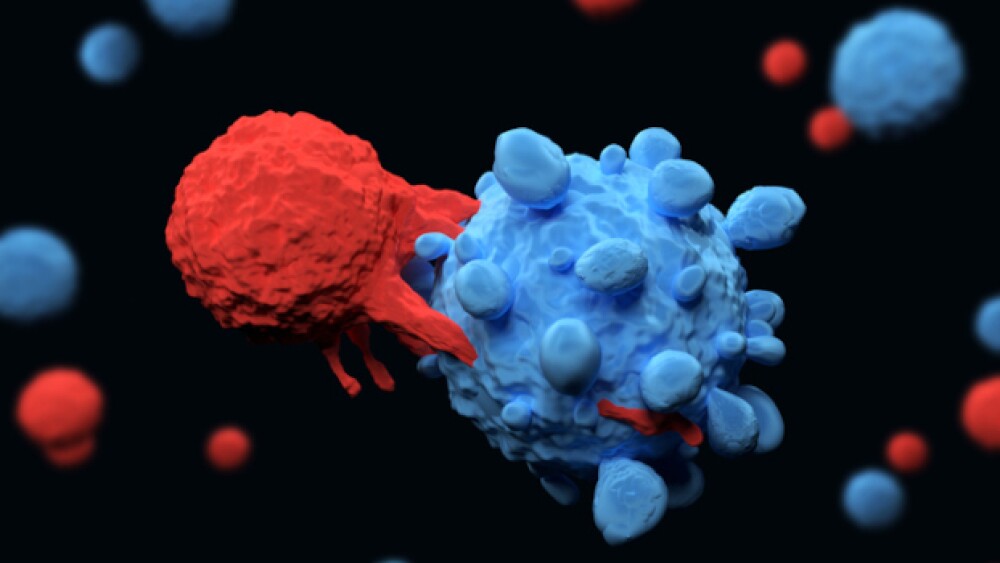Earlier this year, the Centers for Medicare and Medicaid Services scrapped a previous proposal, from the Biden administration, to include anti-obesity medications in Medicare Part D coverage.
A ripple effect of the NIH’s slashed 2026 budget will be felt throughout the biopharma ecosystem. Young companies must act now to weather the storm.
Delays in the decision dates for high-dose Eylea are linked to issues at a Catalent-owned facility. Once these are resolved, Regeneron expects “to receive favorable action” on these applications, CEO Leonard Schleifer told investors.
A U.K. Court of Appeals ruling confirms the validity of a patent covering modifications of mRNA used in Moderna’s vaccines.
It’s not often that a CEO outright dismisses M&A prospects, but Moderna CEO Stéphane Bancel says the mRNA biotech has enough programs on its hands.
The FDA has denied that it plans to combine the Center for Drug Evaluation and Research and Center for Biologics Evaluation and Research into one entity.
FEATURED STORIES
Novo Nordisk and Eli Lilly are expected to rule the obesity market for a few more years without much challenge. To ensure they stay there as competition enters, the companies are spending billions in licensing and M&A deals.
Clinical trial results shared by Boehringer Ingelheim and Insilico Medicine showed improvement in idiopathic pulmonary fibrosis, an intractable lung disease for which current treatment options fail to stop progression, but the data were limited, leaving experts wanting.
Before companies and investors look towards the future, they must first understand the opportunities and challenges AI presents to them. From the benefits included in advancing processes to cybersecurity hazards, AI innovation is a balanced scale of oppportunities and risks.
As the FDA prepares to render a verdict on BMS’ closely watched schizophrenia drug, BioSpace takes a closer look at the late-stage pipeline for this neuropsychiatric disorder.
Summit Therapeutics’ ivonescimab has the potential to challenge Merck’s blockbuster checkpoint inhibitor in non-small cell lung cancer, but experts stress the need for diverse and overall survival data.
The release of early-stage data on three oral weight loss drug candidates hints at which companies have the strongest hand, but the comparisons are rife with confounding variables, leaving analysts unsure about where to place their bets.
LATEST PODCASTS
In this episode presented by Element Materials Technology, BioSpace’s head of insights discusses how China, historically focused on manufacturing, is increasingly becoming an innovation leader, particularly in pharmaceuticals, with guests Dr. Jihye Jang-Lee and Dr. Khanh Courtney. Ultimately, balanced strategies involve domestic capacity investments coupled with global collaboration.
As third-quarter earnings continue to roll out, Novartis makes headlines with the second biggest acquisition of the year; Novartis’ CEO also downplayed the impact of Big Pharma pricing deals with the Trump administration; Regeneron continued the trend of dropping cell therapy assets; BioSpace takes a look at how the FDA is functioning mid-shutdown.
In this episode presented by Element Materials Technology, guests Dr. Jihye Jang-Lee and Dr. Khanh Courtney discuss how small biotechs face mounting pressure amid manufacturing uncertainties.
Job Trends
PepGen Inc. announced that the U.S. Food and Drug Administration granted both orphan drug and rare pediatric disease designations for PGN-EDO51, an investigational therapeutic for Duchenne muscular dystrophy patients whose mutations are amenable to an exon 51 skipping approach.
Subscribe to Genepool
Subscribe to BioSpace’s flagship publication including top headlines, special editions and life sciences’ most important breaking news
SPECIAL EDITIONS
In this deep dive, BioSpace investigates China’s rise as a biotech powerhouse.
In this deep dive, BioSpace explores the next big thing in obesity.
BioSpace did a deep dive into biopharma female executives who navigated difficult markets to lead their companies to high-value exits.
DEALS
-
The companies have received all required regulatory approvals to complete the deal, the largest for the sector in the past three years and the biggest for the hot antibody-drug conjugate market.
-
With the acquisition, AstraZeneca will gain access to Icosavax’s investigational combination vaccine IVX-A12, which is being developed for respiratory syncytial virus and human metapneumovirus in older adults.
-
Friday’s FDA approval of Vertex-CRISPR’s Casgevy and bluebird bio’s Lyfgenia has immediately revealed startling differences between these two gene therapies: price and a black-box warning.
-
The deal, announced late Wednesday, will provide AbbVie with access to Cerevel Therapeutics’ pipeline of clinical-stage and preclinical candidates for psychiatric and neurological diseases.
-
This week we discuss ups and downs in the weight loss and ADC markets - including Altimmune, Pfizer setbacks, AbbVie’s ImmunoGen buy and more.
WEIGHT LOSS
-
Presented at this week’s European Congress on Obesity, the two studies also demonstrate that Novo Nordisk’s Wegovy (semaglutide) provides cardiovascular benefits irrespective of starting weight and the amount of weight lost.
-
Crackdowns on drug pricing have forced one major insulin out of the market. Are more to come?
-
As competition with Eli Lilly heats up, Novo Nordisk has partnered with Flagship’s Metaphore Biotechnologies to take a biomimicry approach to GLP-1s.
-
In an effort to improve diversity and accessibility in clinical trials, Boehringer Ingelheim is partnering with Walgreens to conduct a Phase III study in obesity and type 2 diabetes.
-
It wasn’t calls from lawmakers but market competition with Eli Lilly’s Zepbound that prompted Novo Nordisk to lower the prices of its blockbuster weight-loss drug.
POLICY
-
The adjusted guidelines will provide drugmakers with more opportunities to engage with the Centers for Medicare and Medicaid Services regarding the initial maximum fair price offers, according to the agency.
-
Faced with potential monetary fines, Johnson & Johnson said Monday it is abandoning a proposed 340B rebate plan for hospitals involving two of its blockbuster drugs, Stelara and Xarelto.
-
Women are already underrepresented in clinical trials; the new abortion and IVF laws could make it worse.
-
Sen. Bernie Sanders’ aggressive targeting of Danish drugmaker Novo Nordisk’s Ozempic and Wegovy pricing, and not Eli Lilly’s rival drugs, is not fair.
-
Despite the settlement, the Securities and Exchange Commission on Thursday sued Cassava Sciences in the Western District Court of Texas, claiming that the company misled investors regarding the Phase IIb performance of its Alzheimer’s disease drug candidate.
Job interviewing can be an unnerving experience, but if you know how to handle some of the stickiest situations encountered in interviewing, you can be that much more confident.
Many principles of an online interview are unknown to everyone and they lack confidence. Here are some virtual interview tips to help enhance your skills.
Consider limiting the use of “manage” on your resume, opting instead for more powerful keywords for your resume that can better indicate you’re a leader.
If you’re having trouble finding your confidence again, try these tips for regaining a (healthy) ego.
The interview process at many organizations is not limited to a single interview. Multiple interviews are common and can occur for numerous reasons.
If you’re planning on looking for a new job at the beginning of the year, now is the time to start your job search prep.
HOTBEDS
REPORTS
In this Employment Outlook report, BioSpace explores current workforce sentiment, job activity trends and the prospective job and hiring outlook for 2025, particularly as it compares to the previous year.
BioSpace’s third report on diversity, equity, inclusion and belonging in life sciences examines dramatic shifts in attitude around diversity initiatives.
CANCER
-
With the FDA’s rejection of Ordspono in March, Monday’s green light from the European Commission marks the first approval worldwide and the first regulatory victory for Regeneron’s bispecific antibody platform.
-
The Oncologic Drugs Advisory Committee in a Sept. 26 meeting will discuss whether the regulator should restrict approval of checkpoint inhibitors based on PD-L1 expression levels.
-
The regulator’s Complete Response Letter flagged problems at a third-party fill/finish site, which Regeneron says it has already addressed. The manufacturing facility is currently awaiting reinspection.
-
Johnson & Johnson announced Tuesday that the FDA has approved Rybrevant with Lazcluze as a first-line chemotherapy-free treatment for patients with EGFR-mutated non-small cell lung cancer.
-
Two months after winning FDA approval in the same indication, AbbVie and Genmab on Monday secured the European Commission’s nod for its bispecific antibody Tepkinly for the most common type of low-grade non-Hodgkin lymphoma.
NEUROSCIENCE
-
As the Phase III amyotrophic lateral sclerosis pipeline thins out, the ALS community is placing its hopes on earlier-stage trials sponsored by Denali Therapeutics, PTC Therapeutics and more.
-
As AbbVie and NeuroDerm race toward potential U.S. approvals later this year, the companies presented strong data at last week’s American Academy of Neurology 2024 annual meeting for their respective continuous subcutaneous levodopa infusions.
-
A one-time treatment for Parkinson’s disease could be a ‘market changer,’ experts told BioSpace, adding that cell therapies could limit the adverse effects seen with current drugs.
-
The FDA will close out April with five target action dates around indications that include pediatric seizures and a neurological cancer in children.
-
Data from the Phase III OCARINA II study shows the subcutaneous version of Ocrevus achieved near-complete suppression of relapses and brain lesions in relapsing or primary progressive multiple sclerosis.
CELL AND GENE THERAPY
-
Allogene Therapeutics and Arbor Biotechnologies will use their allogeneic CAR T and next-generation gene-editing platforms to develop novel off-the-shelf CAR-T therapies for autoimmune diseases.
-
Vertex and CRISPR Therapeutics are setting up treatment centers for patients with beta thalassemia and sickle cell disease to compete with bluebird’s established infrastructure.
-
BMS and J&J will meet with the Oncologic Drugs Advisory Committee Friday to discuss their CAR-T therapies Abecma and Carvykti as the companies seek their approval as earlier lines of treatment.
-
The FDA’s busy week ahead involves three decision dates for potential industry firsts and a highly anticipated advisory committee meeting for two CAR-T therapies.
-
Separate challenges exist for companies developing gene therapies for rare and common cardiovascular conditions, experts told BioSpace.









